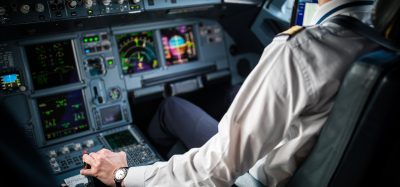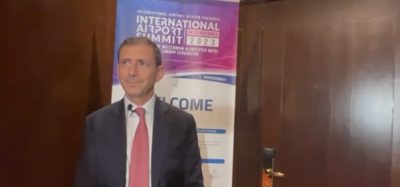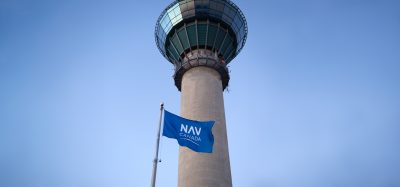Foreword: Remote Tower Operations
- Like
- Digg
- Del
- Tumblr
- VKontakte
- Buffer
- Love This
- Odnoklassniki
- Meneame
- Blogger
- Amazon
- Yahoo Mail
- Gmail
- AOL
- Newsvine
- HackerNews
- Evernote
- MySpace
- Mail.ru
- Viadeo
- Line
- Comments
- Yummly
- SMS
- Viber
- Telegram
- Subscribe
- Skype
- Facebook Messenger
- Kakao
- LiveJournal
- Yammer
- Edgar
- Fintel
- Mix
- Instapaper
- Copy Link
Posted: 9 October 2013 | Bo Redeborn, Principle Director – Air Traffic Management at EUROCONTROL | No comments yet
Bo Redeborn, Principle Director – Air Traffic Management at EUROCONTROL, discusses how Europe can adopt the concept of remote ATC towers
Bo Redeborn, Principle Director – Air Traffic Management at EUROCONTROL, discusses how Europe can adopt the concept of remote ATC towers.
Over the years there have been many discussions about the idea of remote air traffic control (ATC) towers. Some people are instinctively against the idea of an ATC tower being operated by a controller based 200km away. They feel that there is no substitute to being physically present, using your Mark I Eyeball and maybe a pair of binoculars.
Of course, the idea of en-route air traffic controllers being located in a windowless building a long way from anything (even the radar and the radios they are using) is not perceived as being so strange. Even in airport towers, some controllers use remote cameras to view parts of the airfield they cannot see directly.
In fact, going fully remote is not such a major step, especially when you consider that air traffic controllers are used to operating airports at night or in low visibility. So it’s not surprising that the concept of remote ATC towers has now progressed beyond the stage of flashy mock-ups at trade shows. It has become a reality, with successful trials and a full scale pilot underway.
There is no doubt that we need to look at finding more efficient ways of controlling air traffic. For very busy airports this means looking at precision-based navigation, arrivals management and the re-categorisation of wake vortex separation.
For other airports, it might make sense to invest in remote tower operation – either as a replacement for an existing tower, or as a back-up to ensure continuity or for use at certain times of day or during specific times of the year. In some cases, it may mean that an ATC service can be provided for the very first time.
Of course, it is not the role of EUROCONTROL to make the judgement calls as to whether, when or how to adopt remote tower operation. But what we can do is help in this process by helping to bridge the gap to meaningful deployment.
That means seeing how we can ensure the sharing of best practice to learn from those who already have experience. Not just experience of operation; the whole area of regulation and licensing needs to be looked at in conjunction with the European Aviation Safety Agency. We must also use our links with ICAO to establish a global recognition of this concept.
So this is what we intend to do. As a first step, EUROCONTROL will shortly be launching a workshop and an awarenessbuilding campaign – leading to a set of guiding principles for those interested in deploying remote towers.
Remote towers are very much in line with the Single European Sky – both operationally, as we move towards much greater connectivity, and also from the point of view of exploring new ways of improving our performance and reducing costs. Indeed, Europe has the chance to take a lead here. More and more of the world is now establishing the digital communications infrastructure that is necessary for remote towers to be possible. We have the chance not just to develop the technology but to set up a framework of standards and regulation that will underpin the successful export of this concept across the world.
Biography
Bo Redeborn began his training as an Air Traffic Controller at the Swedish ATS Academy in 1972 and was subsequently employed by the Swedish Civil Aviation Authority. In the 1980s he spent six years as an ATCO in Jeddah, Saudi Arabia, on an ICAO Technical Assistance mission, before returning to the Swedish CAA to take up managerial functions. Bo joined EUROCONTROL in February 2004 as Director of ATM Strategies and was appointed to his current position as Principal Director of ATM in January 2011. He is responsible for overseeing the organisation’s ATM policy and development and for managing high level strategic relations with key ATM partners. He also heads the Directorate of SESAR and Research, which encompasses the activities delivering EUROCONTROL’s contribution to the SESAR Joint Undertaking Work Programme.
















